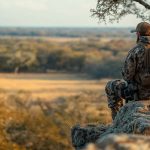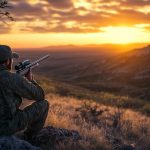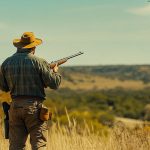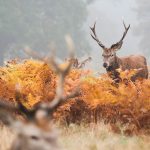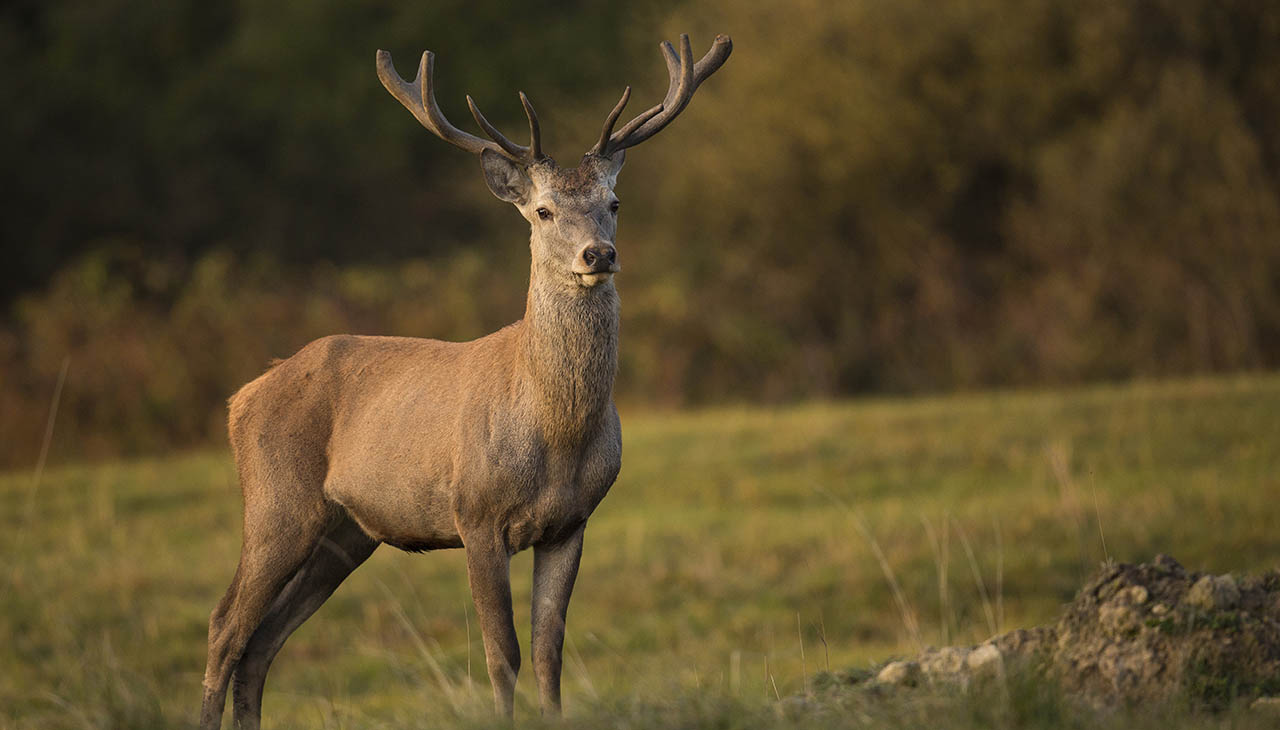Hunting deer is a practice steeped in tradition, a pursuit that connects us with the wilderness and tests our patience, skill, and understanding of nature. However, not all hunting grounds are created equal. The challenge of deer hunting can vary significantly from state to state, influenced by factors such as deer population, terrain, weather conditions, and hunting regulations. This article aims to explore which state, among all contenders, holds the title of being the most challenging to hunt deer.
Alaska
In Alaska, the rugged, expansive wilderness presents a unique set of challenges for deer hunters. The state is home to the Sitka Blacktail deer, a species well adapted to the harsh Alaskan climate. Hunting these elusive creatures requires advanced navigation skills and physical endurance, considering the state’s often treacherous terrain. A combination of unpredictable weather conditions, sparse deer populations, and the sheer remoteness of the hunting areas only add to the challenge. In addition, Alaskan hunting laws strictly regulate hunting seasons and require specific licenses, complicating the process for less experienced hunters. These factors combined make Alaska a formidable contender for the title of the most challenging state to hunt deer.
New Hampshire
Moving to the East, New Hampshire offers a different kind of challenge for deer hunters. Dense forests, steep hills, and vast tracts of private land characterize the state’s terrain, making it difficult for hunters to locate and track deer. The state is populated with White-tailed deer, a species known for being highly vigilant and swift, thus increasing the complexity of the hunt. Besides, New Hampshire’s wildlife regulations also enforce strict hunting seasons and regulations, often changing from year to year, and require hunters to seek permission to hunt on private lands. These factors, together with the state’s often harsh winter conditions, make New Hampshire another state to consider when discussing the most challenging locales for deer hunting.
Western States (Montana, Idaho, Wyoming)
Turning our attention to the Western states, Montana, Idaho, and Wyoming present yet another set of challenges for deer hunters. These states are largely characterized by their vast, open landscapes and rocky, uneven terrain. Hunters in these states frequently seek out Mule deer, a species that is particularly renowned for its keen sense of hearing and exceptional jumping ability, making them difficult targets. Due to the expansive nature of the hunting grounds, hunters often need to cover large distances, which can be physically demanding. Furthermore, the hunting laws in these states are quite stringent, with specific hunting seasons, license requirements, and bag limits. All these factors, coupled with unpredictable weather conditions, especially in the higher altitude areas, underscore why Montana, Idaho, and Wyoming are considered among the hardest states for deer hunting.
Maine
In the Northeast, Maine offers its unique challenges to deer hunters. The state is largely covered by dense forests and rough terrain, making it difficult for hunters to navigate and locate deer. Maine is home to the White-tailed deer, a highly elusive species well adapted to the state’s woodland habitats. In addition to the challenging terrain and elusive deer species, Maine’s weather conditions can be quite harsh, especially in the colder months, making hunting even more challenging. The state also enforces strict hunting regulations, with defined hunting seasons and license requirements. Added to this, is the state’s substantial tick population, which can pose a nuisance, and at times, a health hazard to hunters. These multiple hurdles combined make Maine one of the contenders for the title of the most challenging state to hunt deer.
Massachusetts
Finally, let’s explore Massachusetts. The state’s compact geography, dense population, and development make deer hunting particularly challenging. While Massachusetts is home to an abundant population of White-tailed deer, finding them amidst the state’s patchwork of small woodlands and urban areas can be difficult. Also, Massachusetts enforces stringent hunting regulations, with clearly defined hunting seasons, permit requirements, and restrictions on the methods used for hunting. This means that hunters in Massachusetts have to be well-versed in the state’s hunting laws to avoid potential penalties. Moreover, securing permission to hunt privately-owned lands, which make up a considerable portion of potential hunting areas, can be a daunting task. All these factors make Massachusetts a noteworthy contender in the discussion of the most challenging states for deer hunting.
Conclusion
In conclusion, each state presents its unique set of challenges to deer hunting, making it difficult to pinpoint a single state as the most challenging. Alaska’s vast wilderness and sparse deer population, New Hampshire’s dense forests, and the physical demands posed by the expansive landscapes of Montana, Idaho, and Wyoming all provide significant obstacles. The rough terrain and harsh weather conditions in Maine, and Massachusetts’s compact geography and dense development, also add to the challenge. However, what all these states have in common is the strict hunting regulations they enforce, which adds a layer of complexity to the hunt. In the end, the challenge of deer hunting often boils down to the hunter’s skills, preparation, understanding of local regulations, and adaptability to the terrain and weather conditions.
